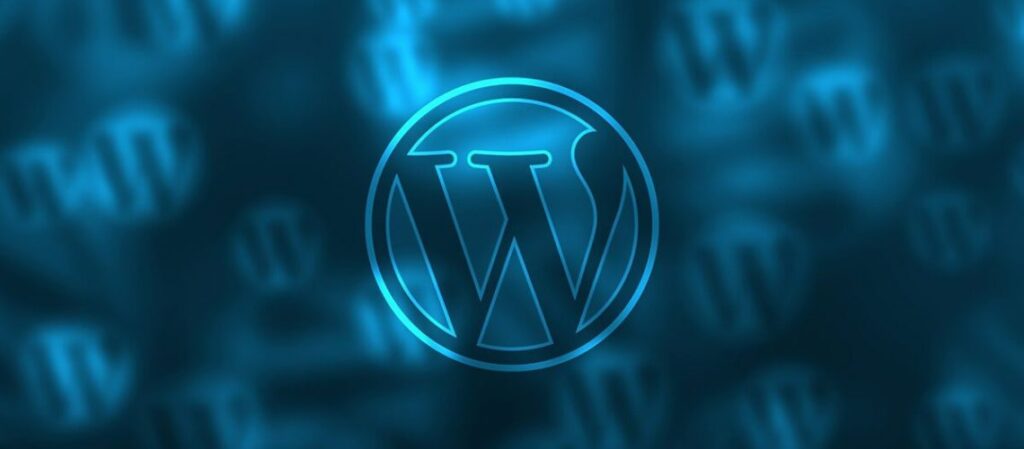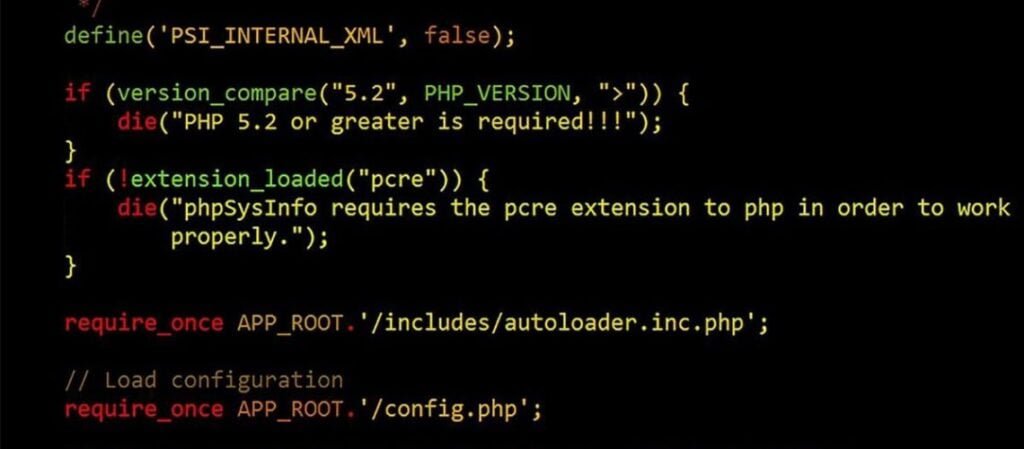
WooCommerce WordPress Ecommerce Development
What is WooCommerce? WooCommerce is a free WordPress ecommerce development plugin that allows you to start selling your products and services online quickly and can be set up with just a few clicks. WooCommerce is can be fully customizable to sell things like fitness class fees to all your products and services. You


